Alice Neel: People Come First
Metropolitan Museum of Art, New York
22 March–1 August
In around 100 paintings, drawings and watercolours the largest retrospective of Neel’s work in New York – and the first in 20 years – argued for her as one of the great American painters of the 20th century. The artist’s urgent, sympathetic portraits of her fellow New Yorkers felt particularly welcome in 2021, and this show awarded them with the status they have long deserved.
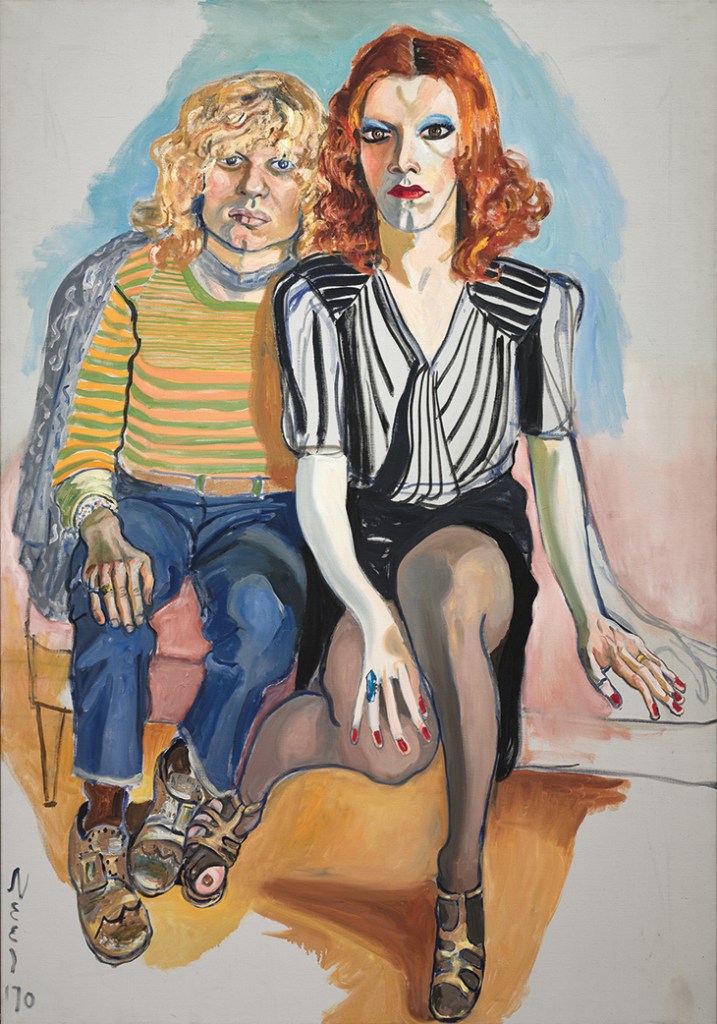
Jackie Curtis and Ritta Redd (1970), Alice Neel. Cleveland Museum of Art. © The Estate of Alice Neel
Gold of the Great Steppe
Fitzwilliam Museum, Cambridge
28 September–30 January 2022
In an exhibition that seems to have dazzled every visitor, the Fitzwilliam presents hundreds of exquisitely crafted gold objects from three recently excavated burial complexes in east Kazakhstan. They are the work of the Saka culture, which dominated the Eurasian steppe from around 900–200 BC, and these finds illuminate a society whose people were as skilled in goldsmithing as they were fierce as warriors.
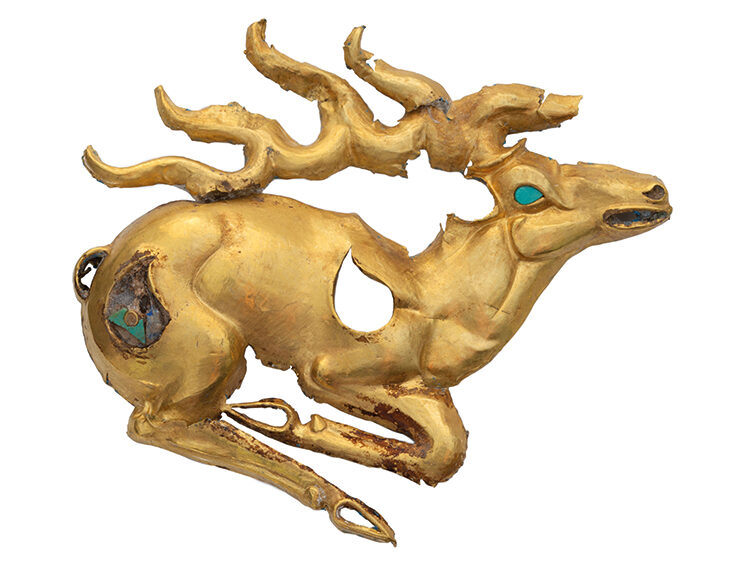
Gold recumbent stag plaque with inlays of turquoise and lapis lazuli (8th–6th century BC), discovered at the Eleke Sazy burial complex in Kazakhstan
Paula Rego
Tate Britain, London
7 July–24 October
This seven-decade retrospective showed why Rego, now 86, is rightly considered one of the world’s greatest living painters. While there were some objections to the perceived heavy-handedness of the show’s wall texts, these powerful paintings, for all their disturbing ambiguities, had no trouble speaking for themselves.
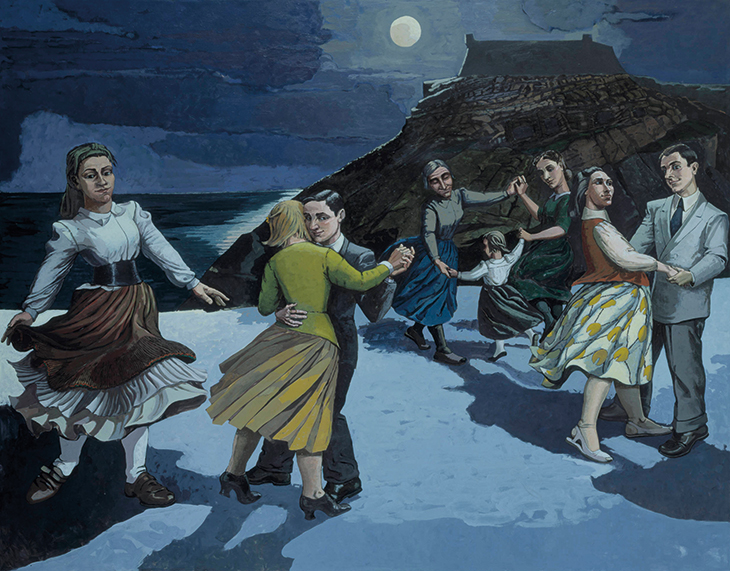
The Dance (1988), Paula Rego. Tate Collection. © Paula Rego
Rubens: Reuniting the Great Landscapes
Wallace Collection, London
3 June–15 August
In reuniting these monumental companion pieces painted by Rubens at his beloved country estate – the National Gallery’s A View of Het Steen in the Early Morning and the Wallace’s own Rainbow Landscape – the Wallace Collection asked visitors to spend time looking closely at just two paintings. But what a lot there was to look at.
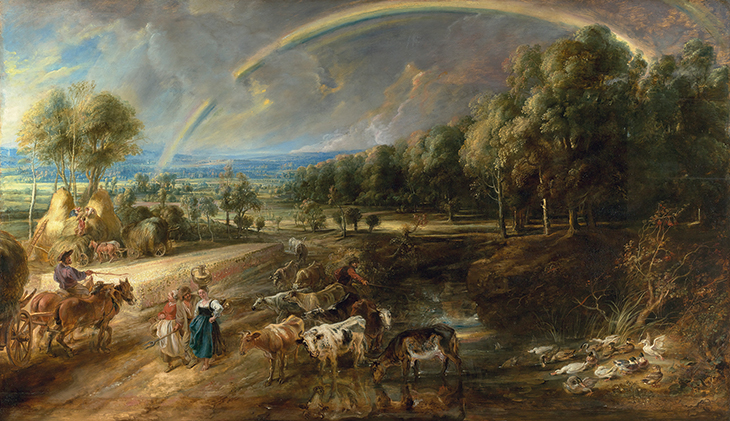
The Rainbow Landscape (c. 1636), Peter Paul Rubens. © Trustees of the Wallace Collection, London
Slavery
Rijksmuseum, Amsterdam
18 May–29 August
This show sought to confront the Netherlands’ colonial period – and some of the museum’s collection – head-on, with objects and art enlivening the stories of 10 different figures involved in the Dutch slave trade between the early 17th century and 1863.
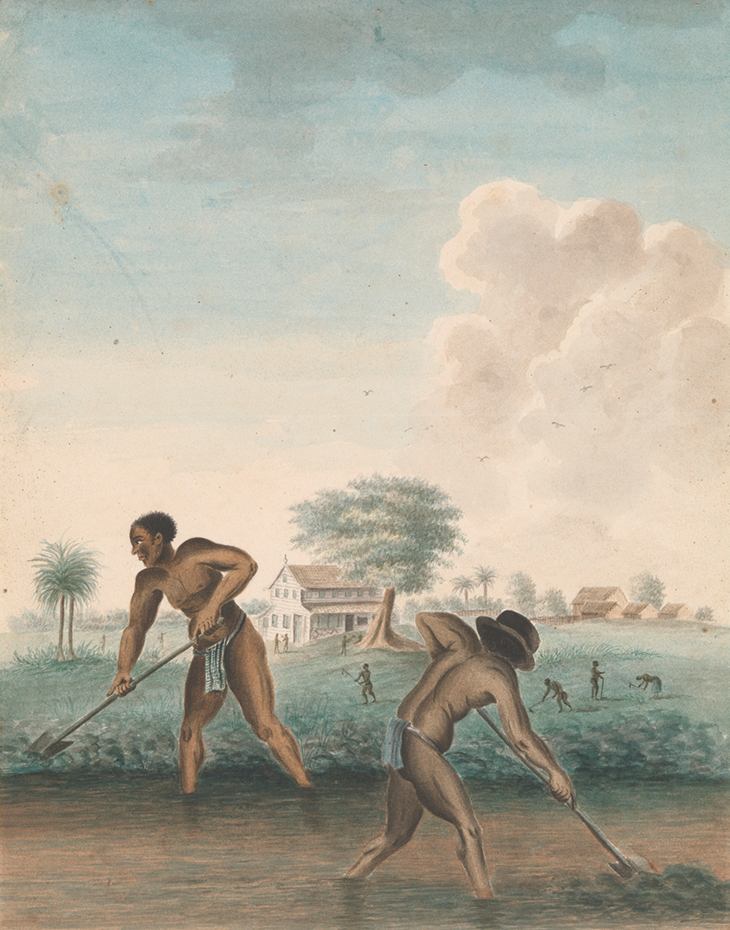
Enslaved Men Digging Trenches (c. 1850), artist unknown. Rijksmuseum, Amsterdam.
Terre degli Uffizi
Tuscany
23 June–31 January 2022
Kicking off ‘Uffizi Diffusi’, a five-year initiative that sees the Florentine museum lending to or exchanging works with towns and villages throughout the region, this first tranche of exhibitions reflects the 700th anniversary year of the death of Dante.
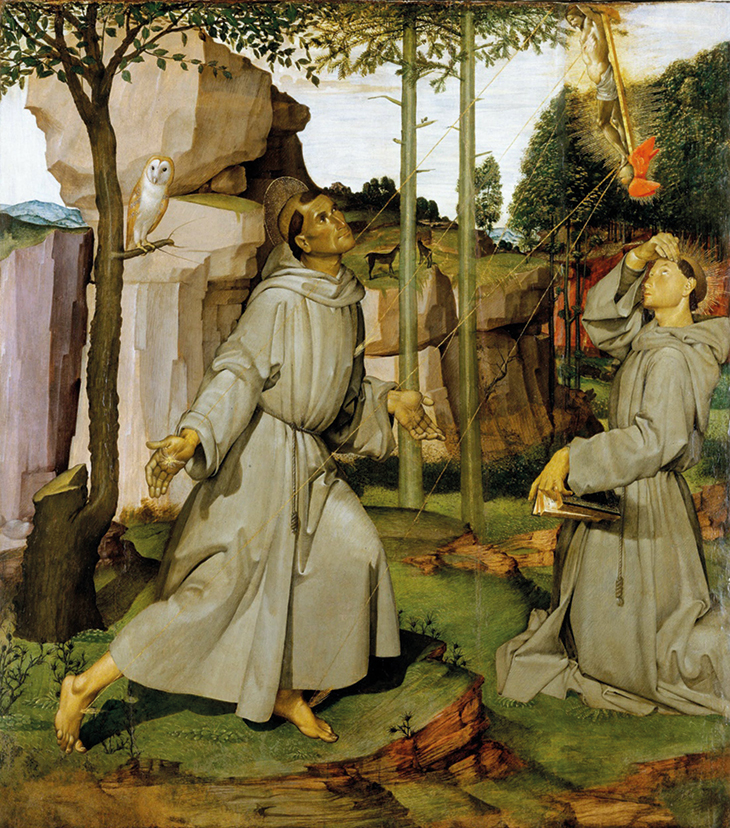
Saint Francis Receiving the Stigmata (1487), Bartolomeo della Gatta. Pinacoteca Comunale di Castiglion Fiorentino
The Shortlists | Acquisition of the Year | Artist of the Year | Book of the Year | Digital Innovation of the Year | Museum Opening of the Year














![Masterpiece [Re]discovery 2022. Photo: Ben Fisher Photography, courtesy of Masterpiece London](http://zephr.apollo-magazine.com/wp-content/uploads/2022/07/MPL2022_4263.jpg)
‘Like landscape, his objects seem to breathe’: Gordon Baldwin (1932–2025)